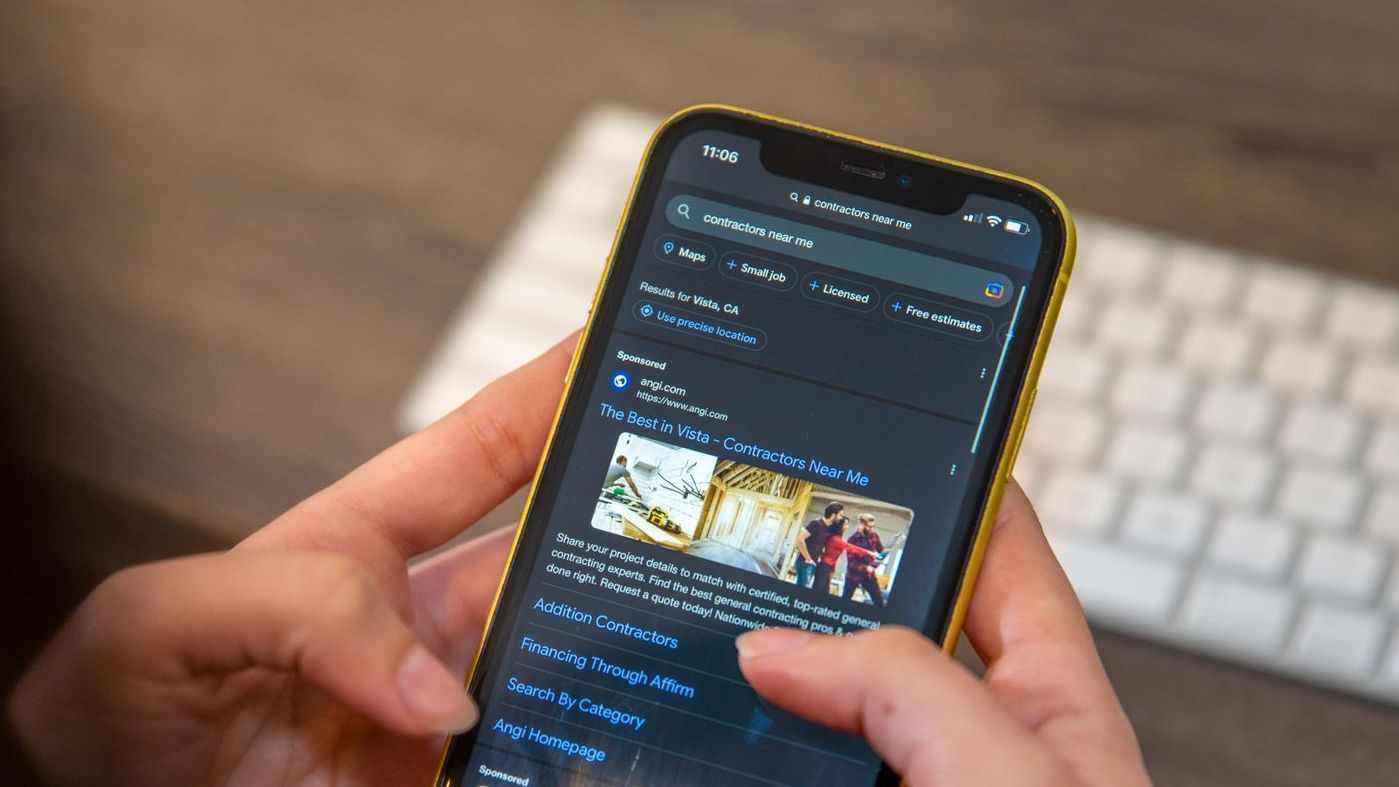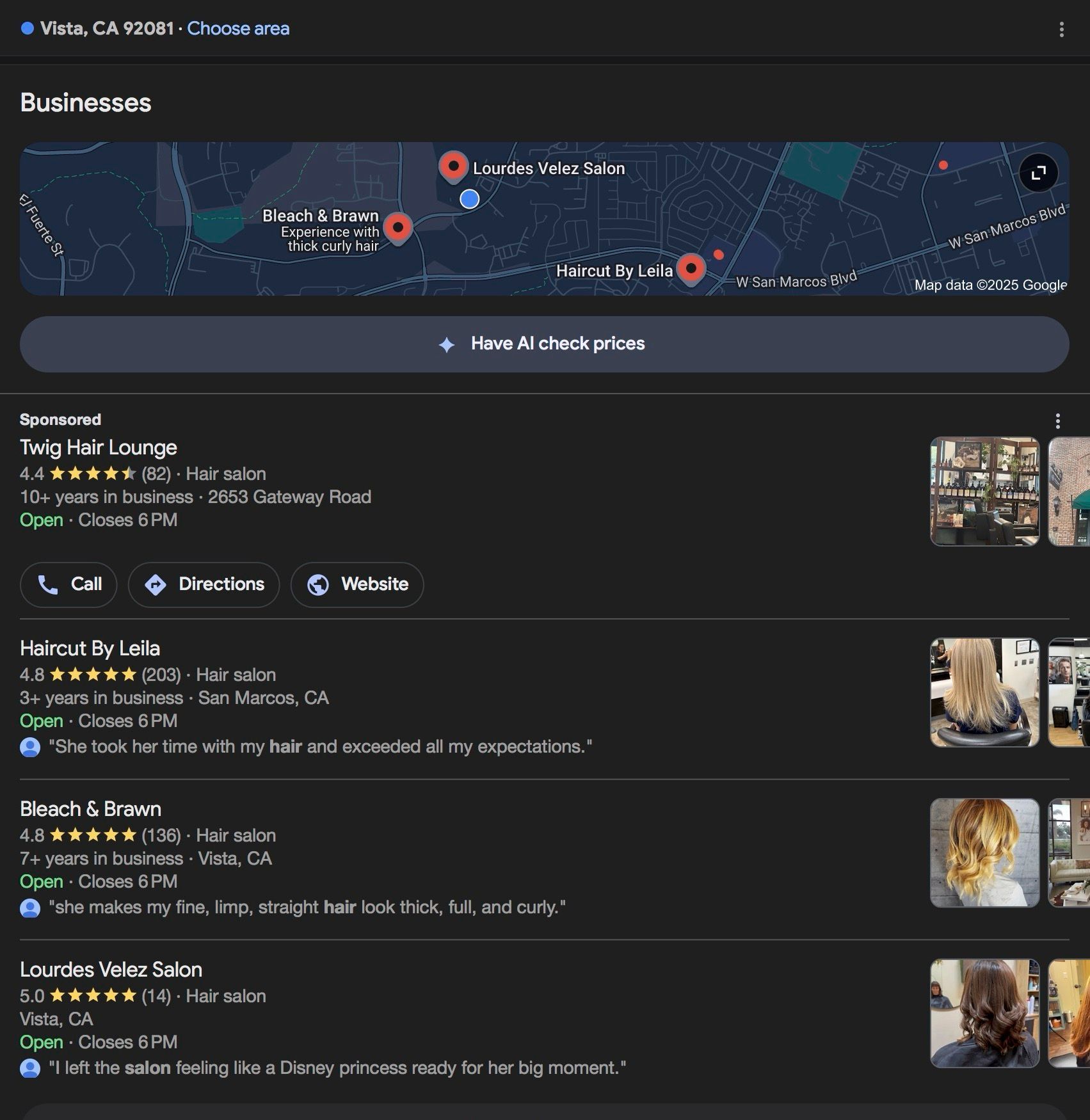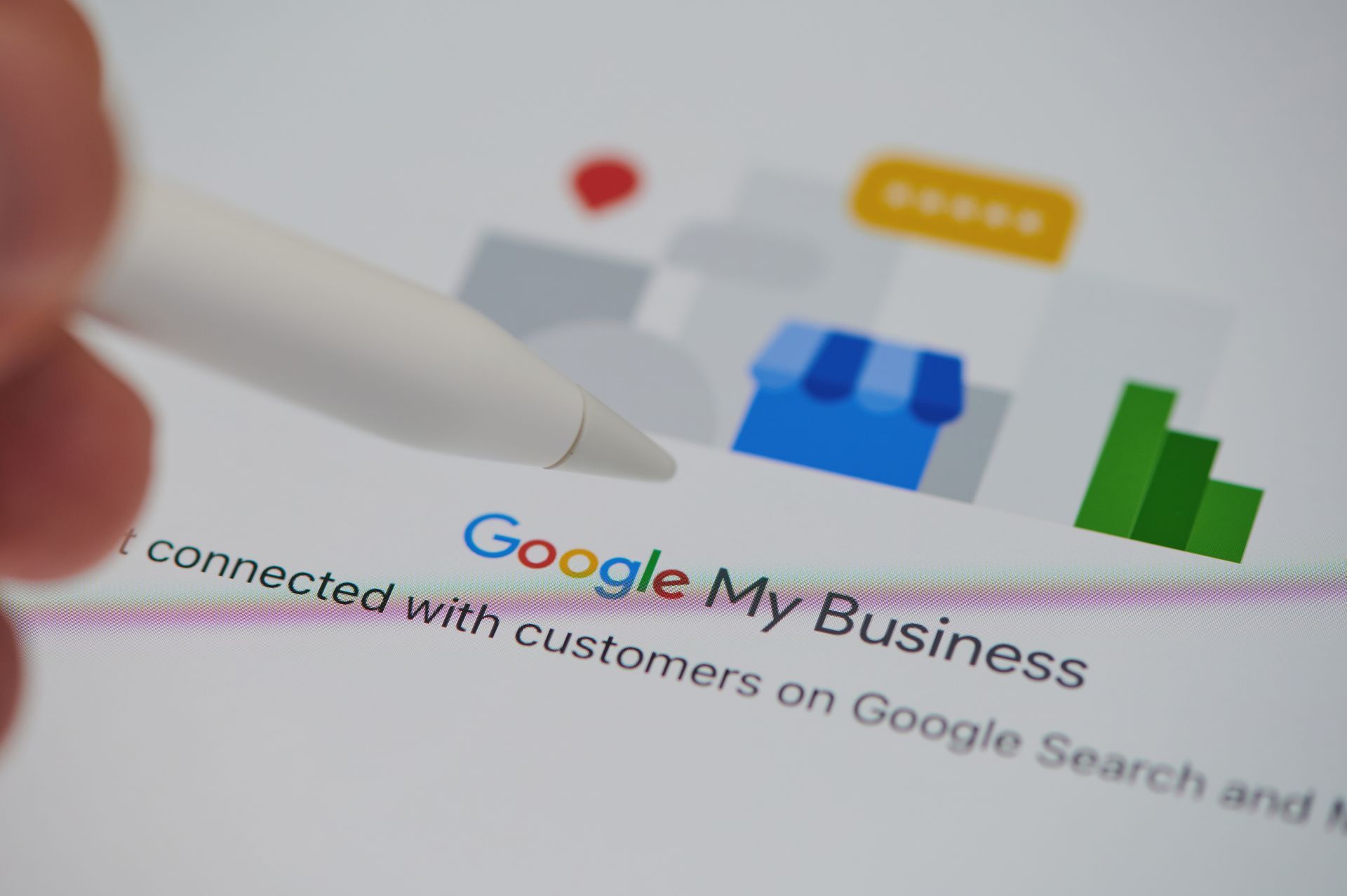How Much Does PPC Management Really Cost?
A Comprehensive Guide to Understanding the Cost of PPC Management

Understanding PPC Management Costs: A Comprehensive Guide
Pay-per-click (PPC) advertising is a powerful tool for businesses of all sizes to generate leads, drive traffic to their website, and increase sales. But as with any advertising strategy, there are costs involved in setting up and managing a successful PPC campaign. In this comprehensive guide, we'll take a closer look at the factors that influence PPC management costs and provide estimates of typical costs for different types of campaigns.
Factors that Influence PPC Management Costs
The cost of managing a PPC campaign can vary widely depending on a range of factors. Here are some of the most significant factors that can influence PPC management costs:
Campaign Size:
The size of your PPC campaign will have a significant impact on the overall cost of management. Larger campaigns with more keywords, ad groups, and targeting options will require more time and resources to manage effectively.
Level of Targeting:
The more targeted your campaign is, the more complex it will be to manage. For example, campaigns that target specific geographic regions or audience demographics will require more granular targeting options and may require more time and resources to manage.
Competition:
The level of competition in your industry can also influence PPC management costs. If you're competing in a crowded market, you may need to invest more in your PPC campaign to stay competitive and ensure your ads are reaching your target audience.
Experience of the Management Firm:
The experience and expertise of the PPC management firm you work with can also impact the cost of managing your campaign. More experienced firms with a proven track record of success may charge more for their services.
Typical Costs for Different Types of PPC Campaigns
While there is no one-size-fits-all answer to the question of how much PPC management costs, there are some general guidelines you can use to estimate costs for different types of campaigns. Here are some typical costs for different types of PPC campaigns:
Google Ads Search Campaigns:
The cost of managing a Google Ads search campaign can range from a few hundred dollars per month for a small campaign to several thousand dollars per month for a larger, more complex campaign. On average, most businesses can expect to spend between $1,000 and $5,000 per month on Google Ads management.
Google Ads Display Campaigns:
The cost of managing a Google Ads display campaign is typically lower than that of a search campaign, with most businesses spending between $500 and $2,500 per month on management. However, display campaigns may require more creative resources and may not be as effective at generating leads or driving conversions as search campaigns.
Social Media Advertising Campaigns:
Social media advertising campaigns, such as those on Facebook or Instagram, can vary widely in cost depending on the size of the campaign and the level of targeting involved. On average, most businesses can expect to spend between $1,000 and $3,000 per month on social media advertising management.
Remarketing Campaigns:
Remarketing campaigns, which target users who have already visited your website, can be an effective way to re-engage with potential customers and drive conversions. The cost of managing a remarketing campaign can range from a few hundred dollars per month for a small campaign to several thousand dollars per month for a larger campaign.
Local PPC Campaigns:
Local PPC campaigns, which target users in specific geographic regions, can be an effective way to generate leads and drive traffic to your website. The cost of managing a local PPC campaign can vary widely depending on the size of the campaign and the level of targeting involved, but most businesses can expect to spend between $500 and $2,500 per month on management.
E-commerce PPC Campaigns:
E-commerce PPC campaigns, which focus on driving sales for online retailers, can be particularly complex to manage due to the large number of products involved.
Conclusion
The cost of PPC management can vary widely depending on a range of factors, including campaign size, level of targeting, competition, and the experience of the management firm. While there is no one-size-fits-all answer to the question of how much PPC management costs, understanding the factors that influence costs and typical costs for different types of campaigns can help businesses budget and plan for their PPC advertising strategies. Ultimately, working with an experienced and knowledgeable PPC management firm can help ensure that businesses are getting the most out of their advertising budgets and achieving their marketing goals.
Reference Material
- "Google Ads Cost: How Much Should You Spend?" by Neil Patel: This article provides a comprehensive breakdown of the costs associated with Google Ads, including average cost per click (CPC) by industry, bidding strategies, and budgeting tips. It can be found at https://neilpatel.com/blog/google-ads-cost/.
- "How Much Does Google Ads Cost?" by WordStream: This article provides an overview of the factors that influence Google Ads costs, including ad placement, keyword selection, and competition. It also includes a calculator to estimate Google Ads costs based on specific variables. It can be found at https://www.wordstream.com/google-ads-cost.
- "What Is the Average Cost per Click (CPC) for Google Ads?" by WebFX: This article provides industry-specific data on average CPC for Google Ads, broken down by industry and ad format. It can be found at https://www.webfx.com/ppc/average-cost-per-click.html.
- "How Much Does PPC Cost in 2021? A Complete Guide" by Directive: This article provides a comprehensive breakdown of the costs associated with PPC advertising, including factors that influence costs, typical budgets for different types of campaigns, and cost benchmarks by industry. It can be found at https://directiveconsulting.com/ppc-costs/.
- "The Cost of Pay-Per-Click (PPC) Advertising—Trends and Analysis" by HubSpot: This article provides data on PPC advertising costs, broken down by industry and ad format, as well as trends in PPC costs over time. It can be found at https://www.hubspot.com/marketing-statistics.





